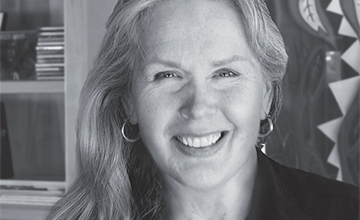7 Reasons to Self-publish Your Book
First, a definition: Self-publishing is the publication of a book by the author without the help or involvement of a mainstream, subsidy or independent publishing company. The author is responsible for the entire publishing process including editing, design, format choices, price, distribution, marketing, social media & PR. Authors can do all of this themselves but more often they outsource all or part of the process to designers, editors, and social media and PR professionals who are experts in these skills.
The total cost for self-publishing can be a few hundred to thousands of dollars depending on what is outsourced and the level of expertise you’re paying for. Do-it-yourself authors will invest time mastering the skills needed to design, edit and market their books but enjoy a much smaller hit to their bank account. Deciding which tasks you should contract to professionals will depend on goals for your book, available time, finances, and your adeptness with design, marketing and editing, or your desire to learn these skills.
No matter how much of the publishing process you outsource, self-publishing is a labor of love and requires dogged determination — you’ll invest many more hours than you thought possible to see your book through to publishing.
That said, here are seven good reasons to self-publish:
1. Access to tools and professionals
Everything you need is available through your computer. You can do it all yourself with a few basic programs, or hire professionals either online or locally.
2. Speed
From copy edited manuscript to market can be as fast as 1-4 weeks depending on the level of detail and professionalism you decide on.
3. Elimination of risk
Print-on-demand (POD) and see your book for sale on Amazon at no up front cost. You have no investment in inventory, storage or even fulfillment. Revisions can be made and uploaded at little or no cost. Publishing and revisions are equally easy for ebooks.
4. Quality and trim sizes
POD quality can be indistinguishable from a mainstream published book. However, amateur layout, editing and cover design – or even simply the incorrect book size for your niche – are sure signs of a poorly executed self-published book.
5. Control
You control what’s in your book, how it looks, what it sells for, and how it’s marketed.
6. Rights and royalties
You retain all rights to your book and make the highest royalties of any publishing method. Amazon, for instance, pays a 35-70% royalty on each book sold depending on your distribution and pricing choices.
7. Distribution flexibility
Self-publishers can manage global distribution, make any deal they want with organizations, sell books from their website, and/or sell directly to booksellers, as they wish.

